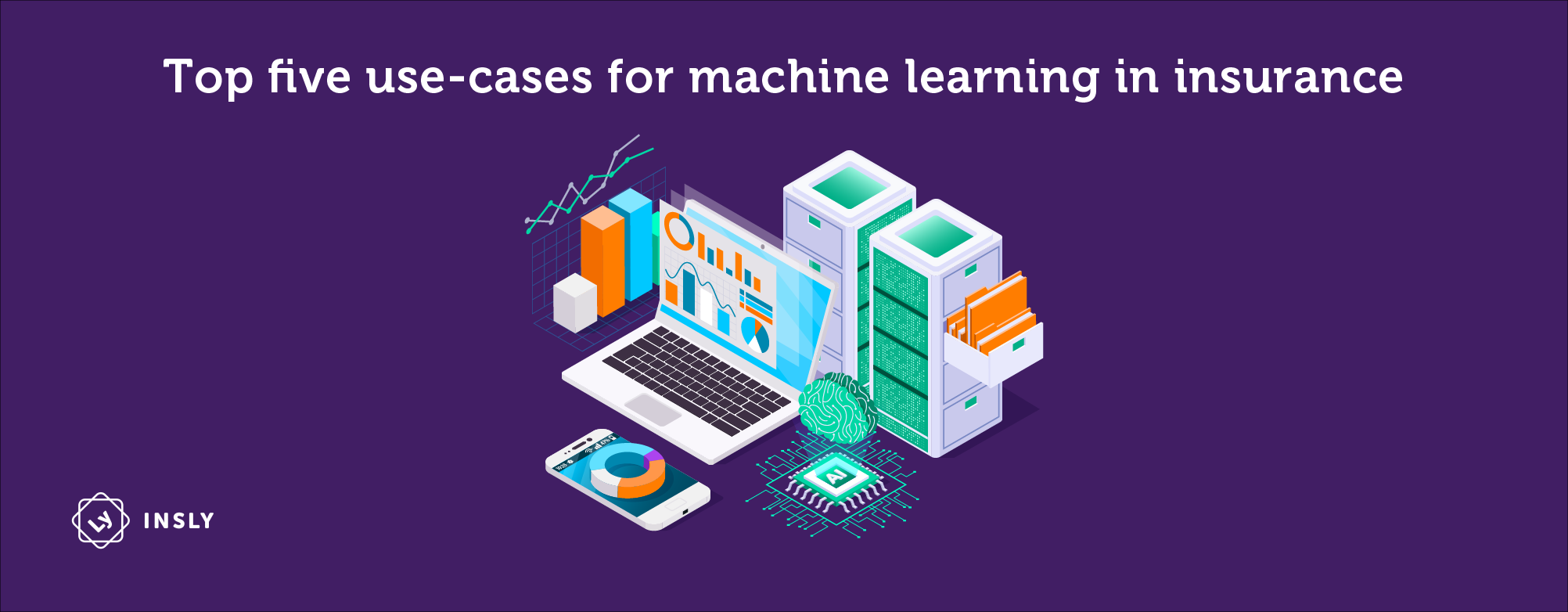The insurance sector is in the midst of a transformation, from being dominated by legacy software and manual processes, to embracing a whole host of emerging technologies. And one technology that is now having an impact on numerous aspects of insurance and insurtech is machine learning.
A subset of artificial intelligence (AI), machine learning algorithms are designed to analyse, learn from, and adapt in response to data, without any further human intervention or programming. This enables computer systems to analyse large data sets to identify patterns, and trends, as well as make accurate predictions about what will happen in the future.
Machine learning and insurance are an ideal combination, particularly when combined with robotic process automation (RPA), as the technology can be put to work handling and processing big data in areas such as underwriting, risk assessment, and claims management, to improve accuracy, efficiency, and customer service. As a result, the sector has seen numerous use-cases emerge, both for insurtech innovators, and established insurance companies.
Here are the top five use-cases of machine learning for insurance companies:
1. Fraud Detection and Prevention
Fraud is one of the biggest challenges faced by insurance companies, causing massive financial losses and ultimately increased premiums for policyholders. Detecting fraud manually is time-consuming and painstaking, and it is impossible for humans to personally check every claim submitted. Using machine learning algorithms can ease the process significantly by rapidly analysing claims data, customer details and third-party information from law enforcement agencies or other insurers, to identify suspicious behaviour or activities. For example, if an individual holds similar policies with different insurers this can be flagged up to be investigated further. Research has found that machine learning can reduce the time spent on fraud detection by 70%.
2. Machine learning in insurance claims
As well as checking for fraud, machine learning can streamline the claims process in several other ways. Insurance claims vary widely, from a stolen mobile phone to a car accident, or a convoluted professional indemnity claim, and each one involves key checks to ascertain the details, nature of the coverage, and the value. Machine learning can remove a lot of the legwork of assessing such claims, such as extracting information from forms, analysing images, assessing market value, and using a rules engine to make decisions.
3. Risk assessment and underwriting
Insurance underwriting is a highly complex process, involving analysis of a whole range of information on customer demographics, historical claims data and third-party information. Traditionally carried out manually by skilled underwriters, much of the heavy lifting can now be done by machine learning algorithms, to improve the speed and accuracy of decision-making. Machine learning systems can analyse both unstructured and structured data, which means they can also consider a wider array of information than human underwriters, including social media activity, driving records, or data from a wearable health device. The result should be fairer pricing for customers.
4. Marketing and customer retention
Insurance is an increasingly competitive market and customers want to buy from companies that understand their needs and tailor their offering accordingly. And again, this is an area where machine learning technology can be a game-changer, by making it possible to analyse a raft of customer data to personalise and adapt policies and pricing. The online nature of customer journeys and activity today mean that insurance companies have access to huge volumes of data on customer purchasing and renewal behaviour, changing customer demographics and market trends. The challenge is maximising its potential. Machine learning can identify trends that would otherwise be missed, to boost customer sales, and retention.
5. Price optimisation
Optimising pricing is critical for insurance companies, particularly during a tougher economic climate, when they’re facing the impacts of inflation and stagnating growth. Pricing strategy was previously carried out manually by actuaries, however, it can now be done more quickly and accurately using machine learning algorithms, which analyse loss and expense data, market activity, and make predictions about future developments, to land on the most appropriate rates.
Machine learning has the power to transform the insurance sector for the better, however, research suggests it is still not being maximised; according to Deloitte, just 1.33% of insurance companies are investing in AI. It might sound complex, but it is increasingly becoming more accessible and affordable for insurance companies of all sizes. The first step is to put the foundations in place to digitise how you work and start to collect the big data you need to make machine learning effective.
With that, Insly can help. If you’re taking the first steps in your digital journey, then our no-code modular insurance software will help you to digitise the whole insurance lifecycle, from distribution and underwriting, right through to claims. Laying the foundations for a smarter future.



